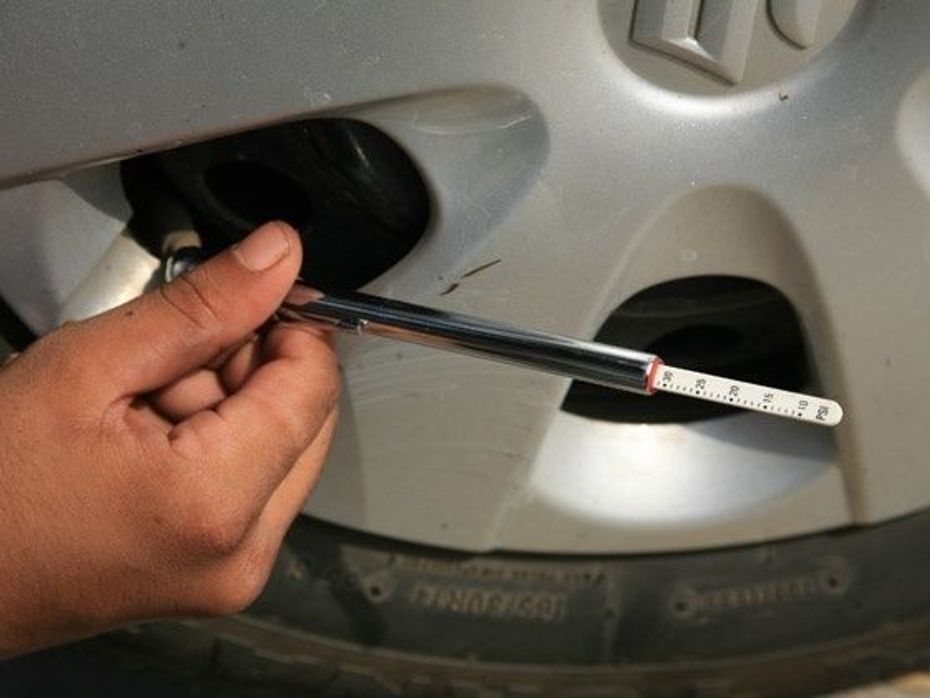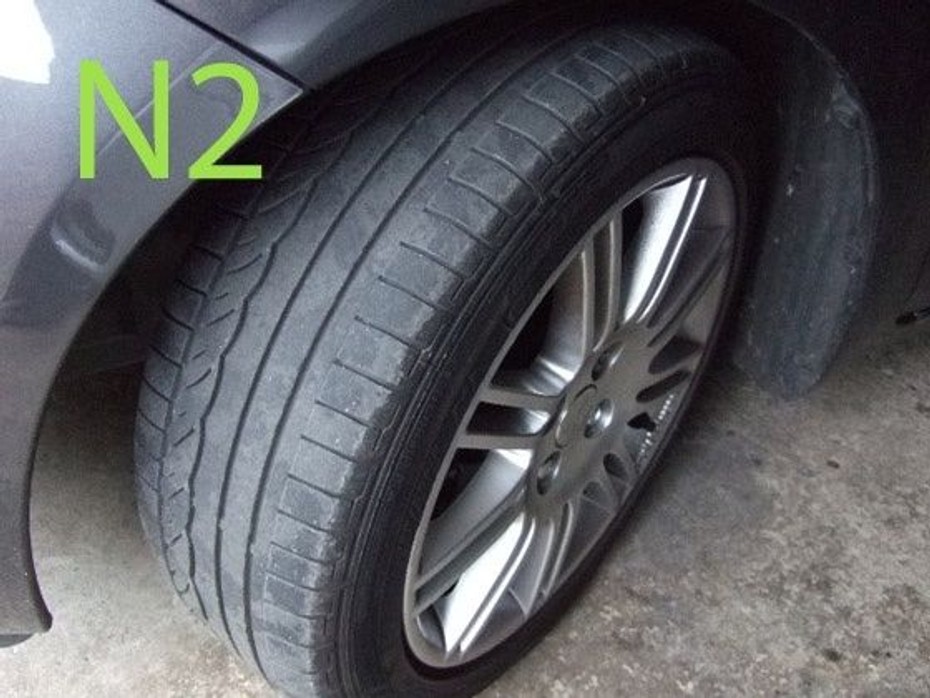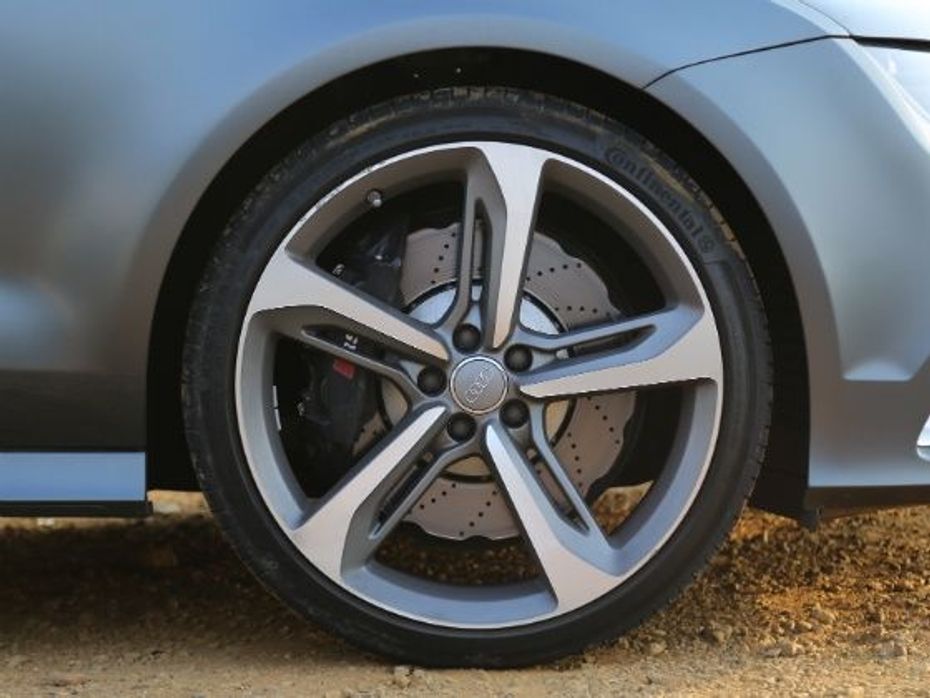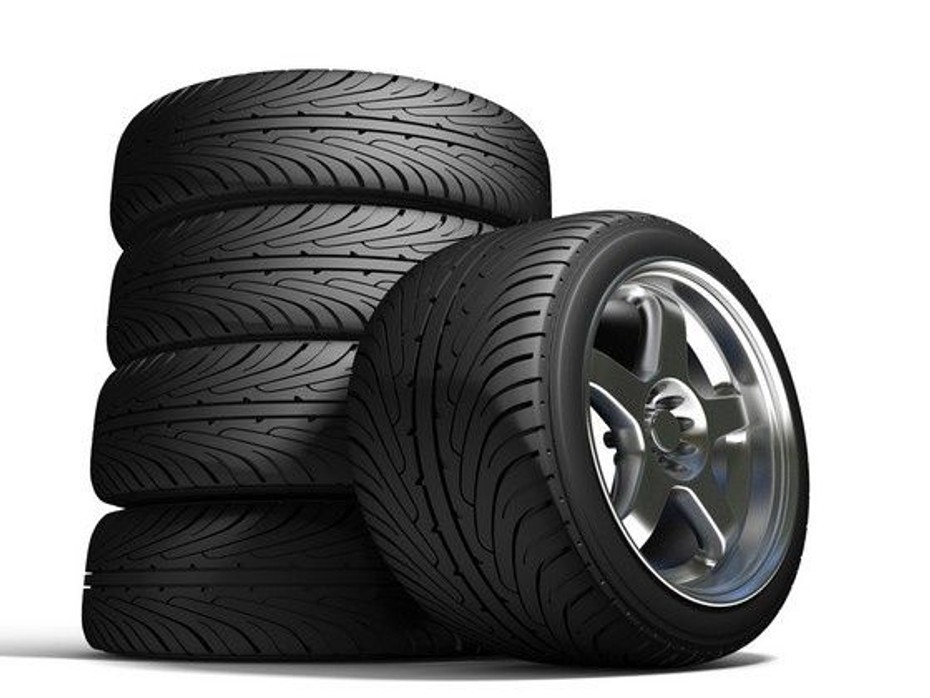Explore all New Cars of 2024
 Upcoming 2024 Maruti Suzuki Dzire To Get These 5 Features Over The Current ModelUpcoming 2024 Maruti Suzuki Dzire To Get These 5 Features Over The Current Model
Upcoming 2024 Maruti Suzuki Dzire To Get These 5 Features Over The Current ModelUpcoming 2024 Maruti Suzuki Dzire To Get These 5 Features Over The Current Model


Tyre Pressures
Keeping a tab on the air pressure is not only good for your car and tyres’ health, if done regularly it helps keeping a check on your monthly fuel costs and expenses on new tyres well in control. Every car comes with a tyre chart in form of a sticker printed somewhere on the driver’s doorframe. It is essential that one strictly follow the inflation chart as per manufacturer instructions to avoid any mishaps and to ensure the best results out of the suspension setup. Here are the factors that are affected in case of over/under-inflated tyres.
1. Fuel consumption:
An incorrect tyre pressure may lead to reduced fuel efficiency in case of an under-inflated tyre. This is because the car has to work harder to maintain the same speed due to the higher rolling resistance. Tyres should not be over-inflated either. This will reduce your contact patch with the road, thereby decreasing handling.
2. Expenses:
Keeping the right air pressure also causes less stress on your pocket owing to improved fuel efficiency and, hence, more kilometers for your bucks. Correct tyre pressures will also help your tyres last longer which in the long run will help you save on puncture repair and tyre replacement costs.
3. Tyre health:
Not following this practice will also eat more tyre tread as it leads to uneven tread wear. Under-inflated tyres have a higher heat absorption factor causing them to over heat. An under-inflated tyre will usually tend to wear the outer edges (Called shoulders) of the tyre. An over-inflated tyre on the other hand will wear the central contact patch of the tyre quicker.
Bear in mind that there is no visual indication to know whether a tyre has the correct air pressure. So, make it a point to get your tyres checked for air every time you visit a fuel station. As we mentioned earlier, every car has a different recommended air pressure, mentioned in the owner’s manual provided with the car and on the doorframe (In some models, air pressure sticker is put on the inside of fuel tank lid). As has been wisely said, a rupee saved is a rupee earned. It is an excellent idea to have a good calibrated tyre pressure gauge in your car to cross check pressures filled up at fuel pumps and garages as usually, most pump gauges are highly inaccurate.
As a general tip, always conduct a routine check on the tyre pressure of your spare tyre as you never know when a puncture can occur and a spare tyre can act as a lifesaver sometimes. As an additional tip, it is recommended to keep air pressure in spare tyre, 5psi more than those of tyres fitted on vehicle. Usually spare tyre pressure is ignored and when needed, it is found to be on lower side. If it is on higher side, it is easy to reduce than to increase when needed!
Tyre pressure has to be checked or adjusted when tyre is cold. Cold does not mean chilling temperature, it refers to ambient temperature. Since tyre heats up on running, the pressure inside tyre increases. If you check pressure in hot condition, it will be shown higher than the cold pressure. If you adjust air pressure in hot condition, cold pressure will be adjusted at lower level causing several problems explained earlier.

Nitrogen vs Air
Nitrogen gas filled in tyres has had its doubts with a number of people when it comes to filling your tyres with it. Why should one do it? Is it expensive? In fact, should one pay for filling air (or nitrogen) in tyres? Moreover, isn’t the compressed air that is filled in tyres already about 80 per cent nitrogen?
Nitrogen is chemically a non-flammable, non-toxic inert gas. An inert gas does not fuse with any other gas at any temperature. This basic nature of nitrogen first of all helps in keeping minimum moisture in the tyres.
The basic idea of Nitrogen gas is that its molecules are bigger than oxygen and the diffusion rate is lower than that of “Air”. Since air retention is better, it leads to better maintenance of air pressure for a longer time. A tyre with lower pressure means more deflection of sidewall resulting in more heat. Tyre with Nitrogen, due to correct pressure, runs cooler than compressed air and therefore is useful in any driving conditions. Why? A cooler tyre means that the stress levels on the tyre while moving are lesser. The tread wear and tear is also lesser due to the lesser temperature.
Higher temperature in tyres also has a tendency to burst after long hours of running. Nitrogen reduces the chances of tyre burst by 90%. This can prove to be a lifesaver while on the highway where long hours and high speed, both pose a threat to the car and its passengers. In fact, a few manufacturers now advise owners to fill only nitrogen in their tyres, especially for high performance models. Nissan for example designed the GT-R’s wheels and tyre combination around the premise of filling nitrogen in the tyre.
So, the million-dollar question, should I fill my car tyres with nitrogen? Well, it causes no harm if you fill nitrogen but the advantages of filling nitrogen should be commensurate with your usage. If you are a city user or drive on the highways at 80km/h, then nitrogen makes no sense.

Routine Visual Sidewall Checks
Usually, in a country like India with its infamous road conditions, tyre sidewalls often go through more damage than they are designed for. This is especially true for more expensive cars and SUVs with lower profile tyres. Always be careful over potholed roads, especially in the monsoons when water tends to accumulate in them. In most cases, tyres with sidewall that has been damaged have to be replaced, as even after repair, they are not as rigid as undamaged ones.
The most important visual tyre check is looking for bubbles developed on the sidewall of the tyre. This is a sign of tyre injury leading to blowouts at high speeds and loosing control over the car. Occasionally, look for bubbles on the inner walls of the tyres also, which are not visible otherwise. These bubbles are caused due to impact injury inflicted by potholes with razor-sharp edges.

Tyre Tread Depth and the coin test
Tyres that appear visually worn are mostly required to be replaced. Modern car tyres come with tyre wear indicators, which can give an educated user an immediate indication. One can also apply the more novices ‘One Rupee Test’ which help you know if your tyre needs replacing. Here is a step-by-step guide of the same:
Step 1: Take a one-rupee coin and put it in each groove of the tread. This will give you a quick estimate of the tread depth by judging how deep the coin goes.
Step 2: Repeat this process for all tyres and see how deep the coin goes in every tyre.
If your tread depth is the same in each groove of the tyre and between all tyres, there is nothing to worry about. However, in case there is considerable difference in the tread depth, then it’s a sign that your car is eating away rubber in that tyre. The best remedy to this is to get the alignment and balancing done to check if the camber, castor and toe are correct.
As per CMVR (Central Motor Vehicle Rules) 1989, Non Skid Depth (Remaining Tread Depth) should not be less than 1.6mm although this rule is not strictly enforced in each part of India as strongly as it is in most parts of America or Europe.
India's largest automotive community